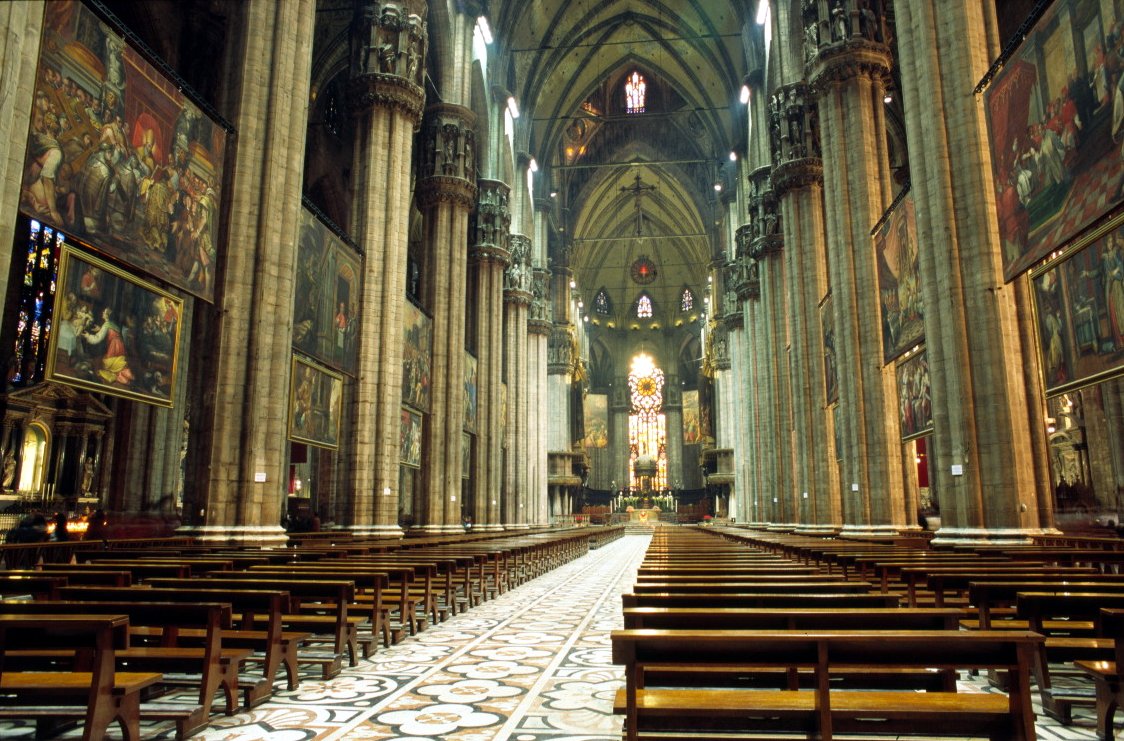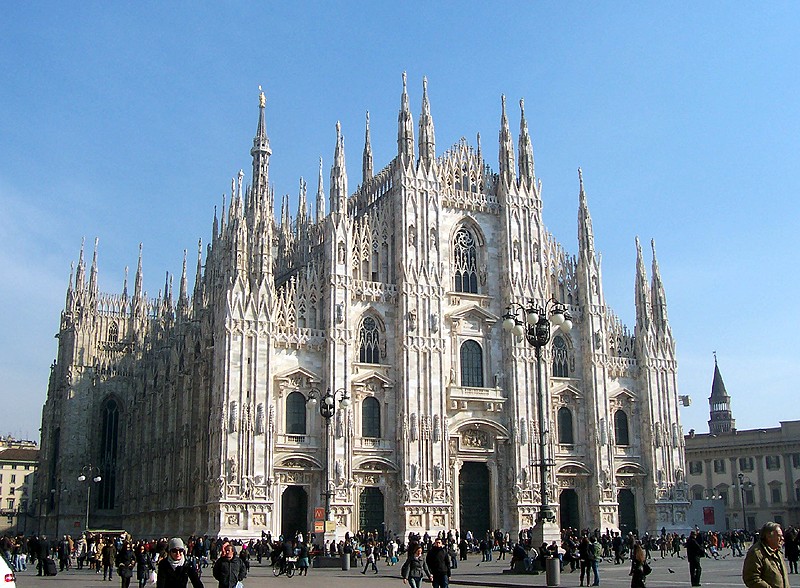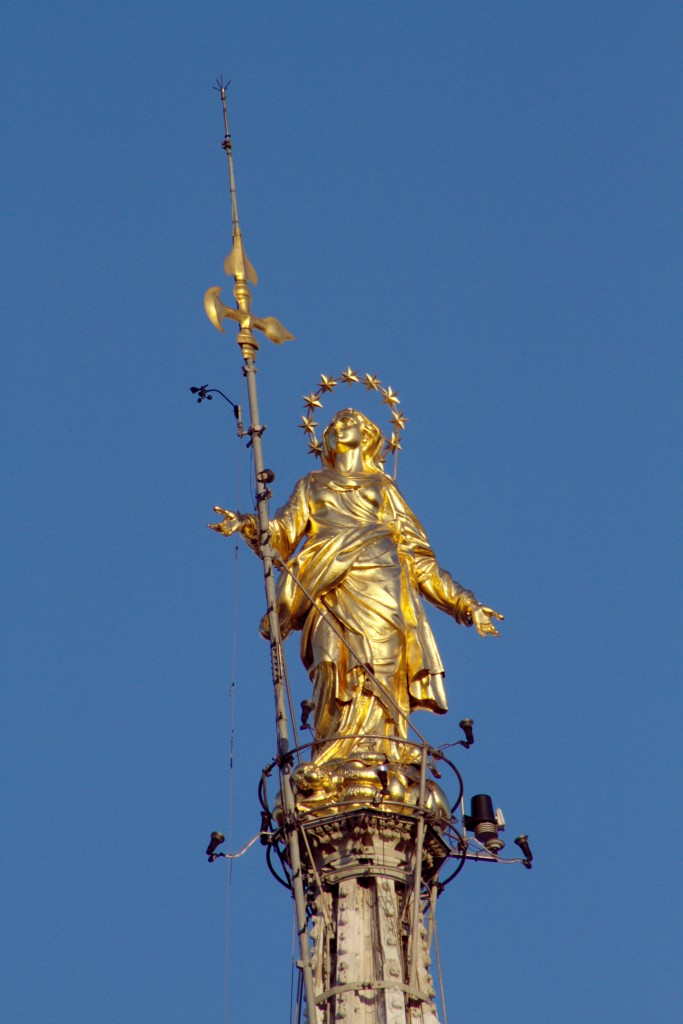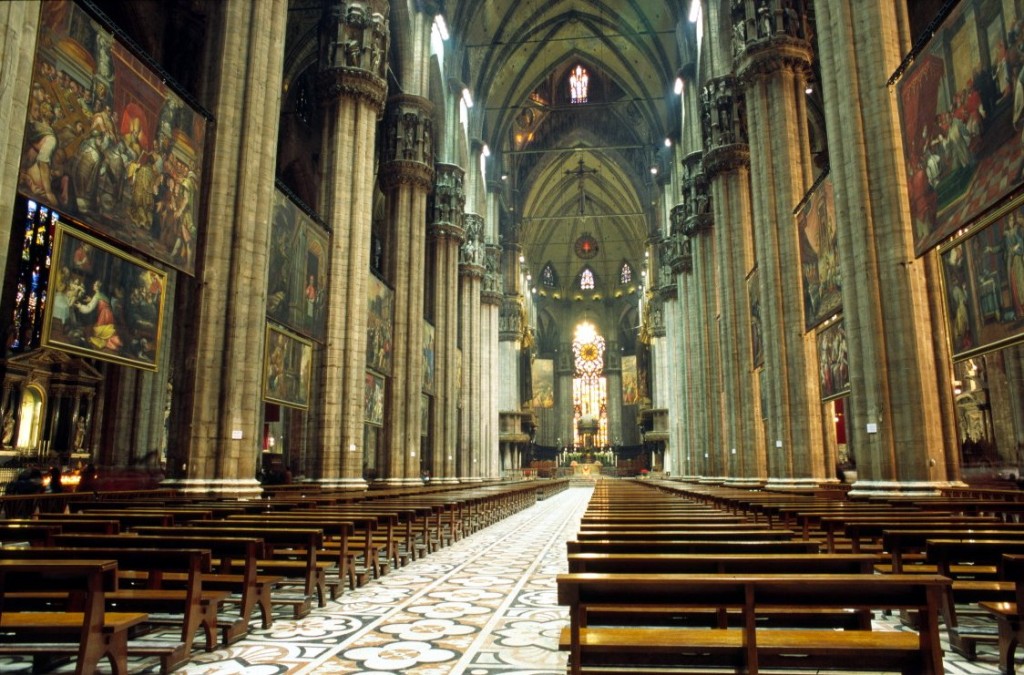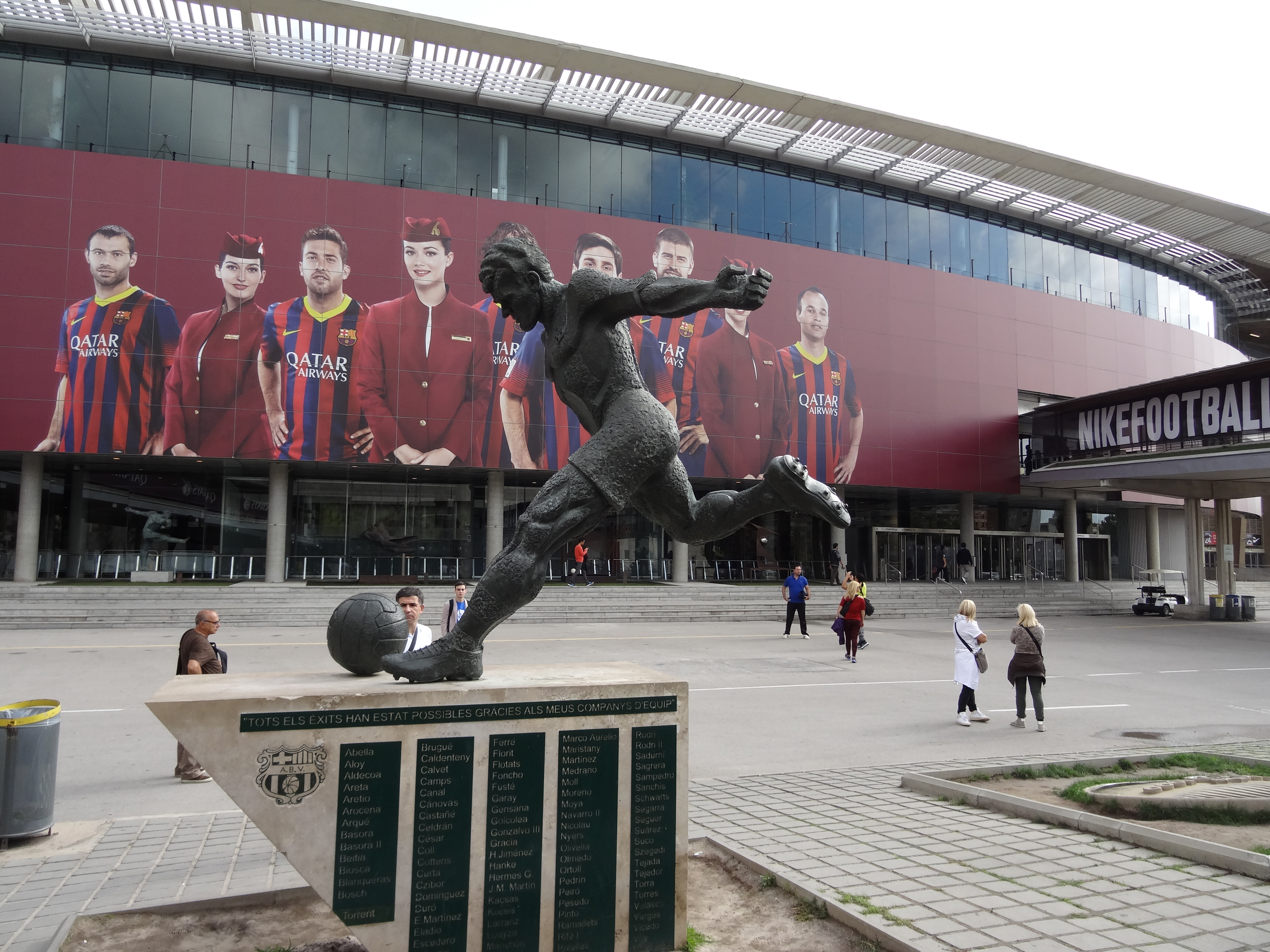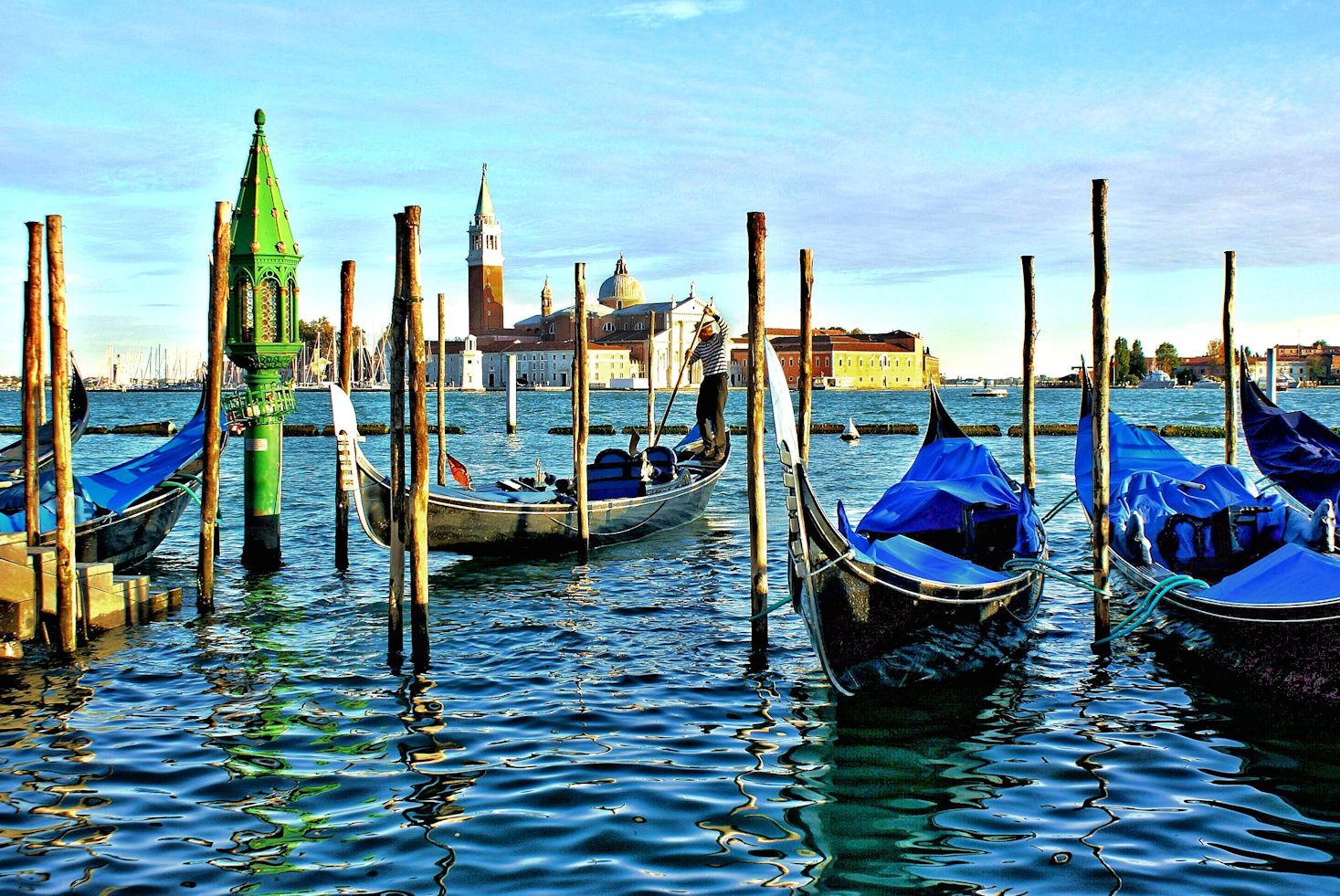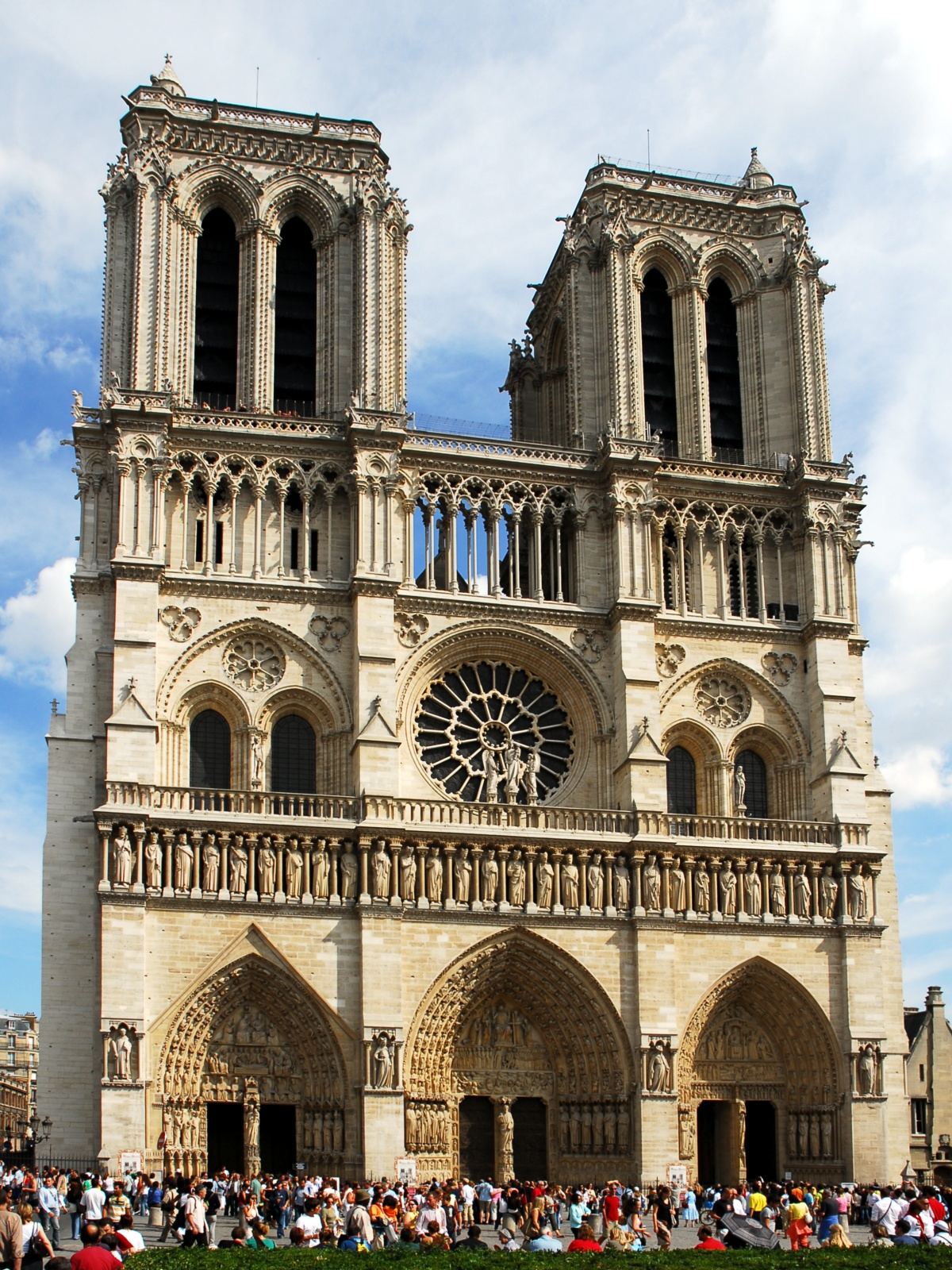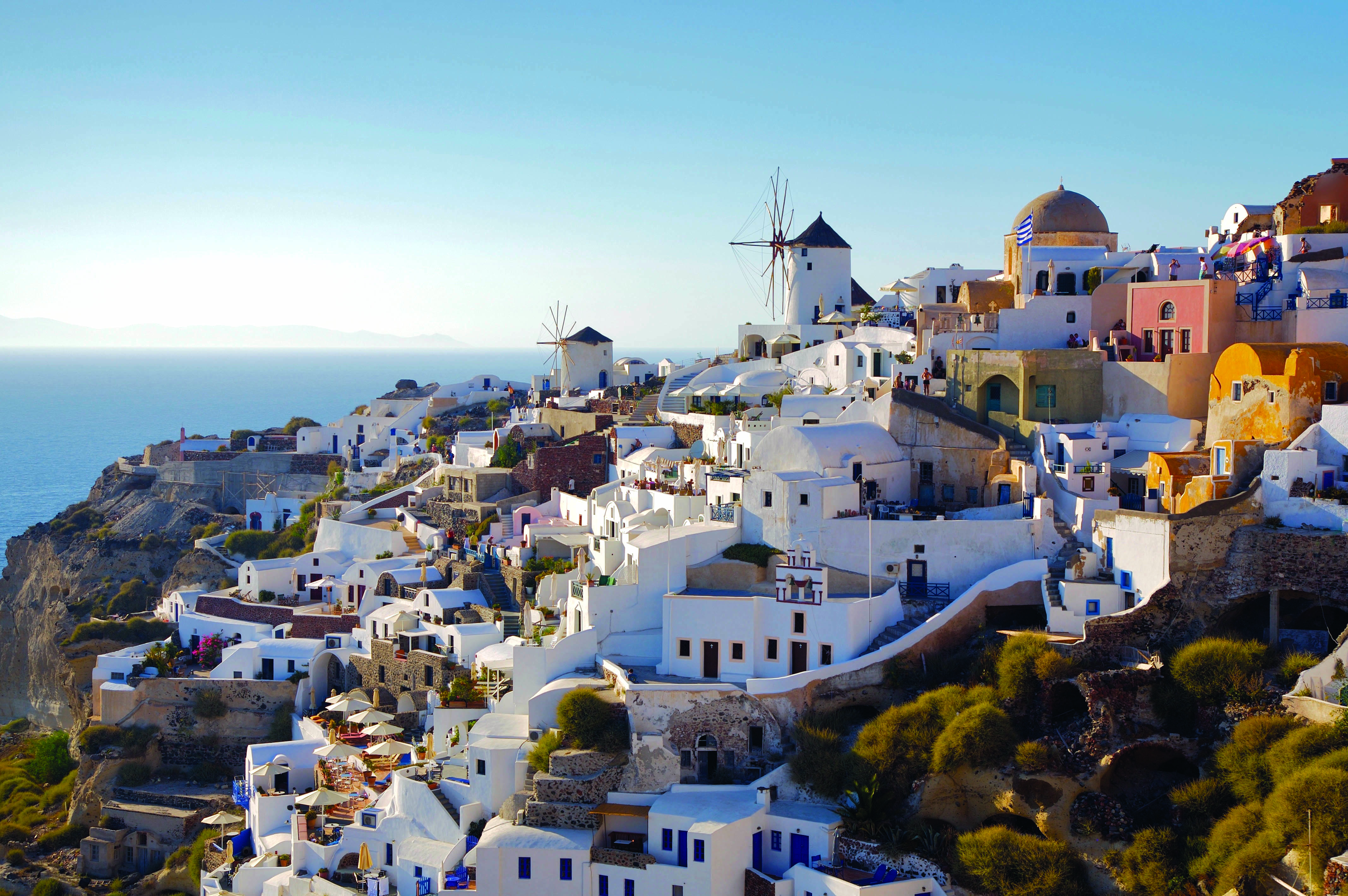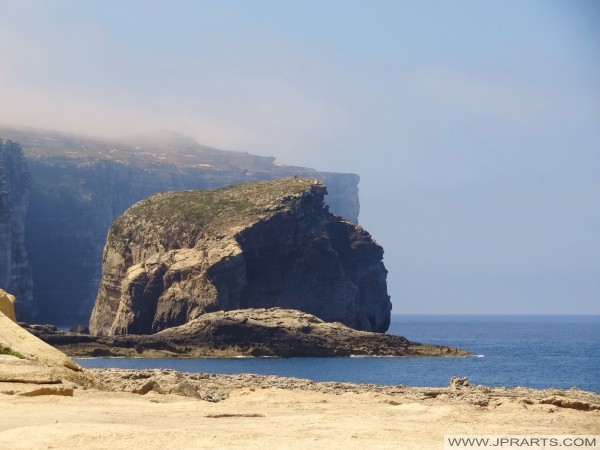The Milan Cathedral (Duomo) is literally situated in the center of Milan. The cathedral stands on the site, which was the center of religious life in Milan during the early Middle Ages, before they had begun the construction of the Duomo.
| Lol Travel Momondo Viator | Booking.com cheapOair OneTravel |
Click Travel Agencies to see the providers in other countries
Construction began in 1386, but the final touches to the cathedral, with the finish of the bronze doors, wasn’t done until 1965. When the cathedral was consecrated in 1418, they had just commenced the construction of the ship. The long construction period resulted in the use of different architectural styles but nevertheless it is surprisingly homogeneous, in a predominantly flamboyant Gothic style. After finishing the foundation and the base of the cathedral, the attention was focused on the apse. This section is considered to be the architectural highlight of the church. The Gothic design was influenced by architects from Germany. From the apse they worked slowly toward the front.
Milan’s Duomo is adorned with beautifully carved statues and pinnacles. There are a total of 3159 statues, 2245 of which are located on the outside of the cathedral, along with 96 pinnacles and 135 gargoyles. The most famous of all the statues on the Duomo, is the Madonnina (little Madonna), a copper statue of the Virgin Mary which is covered with 3900 gold leaf pieces. The statue was made in 1774 by the goldsmith Giuseppe Bini and the sculptor Giuseppe Perego. The statue, which measures four meters and sixteen centimeters high, stands atop the highest spire.
There are some notable works of art in the Duomo. A statue of Saint Bartholomew, a work of Marvo d’Agrate, for example. There are also three magnificent altars in the church which were designed by Pellegrino Pellegrini. All three contain beautiful works of art they like the famous’ Visit from Peter to St. Agatha in prison’ by Federico Zuccari. Other masterpieces include the marble altar in the transept, from the Renaissance, and the Trivulzio Candelabrum, a candlestick whose foot was manufactured in the twelfth century. There are fictional animals, vegetables and vines depicted on the candlestick. Also worth mentioning is a place above the choir which is indicated by a red lamp. Here you can see a nail which was allegedly used to crucify Christ.
After exploring the interior, visitors can pay a small fee to visit the rooftop that is accessible by stairs or elevator. Want to visit the Duomo in person? Check out our Italy Holidays page, and book your next holiday to Milan, safe and secure online!

